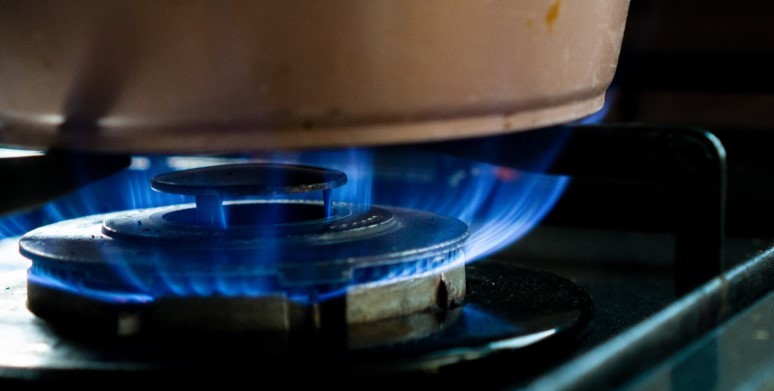
The European gas price fell to its lowest level in almost two months on Monday. The decrease follows the measures that more and more European countries are taking to help companies and households with high energy bills.
The gas price dropped by more than 7 percent on the leading Amsterdam gas exchange to 174 euros per megawatt hour. Last week, it shot up to 222 euros per megawatt hour after unveiling the European Commission’s plan to intervene in the energy market. As a result, the idea of a price ceiling for gas was shelved. Despite the fall, the gas price is still more than seven times higher than the average for this time of year.
According to the European Commission’s plan, companies that generate electricity without expensive gas, such as wind turbines, coal or nuclear power plants, will soon be allowed to earn no more than 180 euros per megawatt hour. Anything they collect more than that must be skimmed off. The EU countries must also start levying a ‘solidarity contribution’ on oil and gas companies that make excess profits due to the high gas price. According to Brussels, up to 140 billion euros can be raised from energy companies to help households and businesses.
Germany, the United Kingdom and other countries are also spending many billions to reduce their dependence on Russian gas, rescue local energy companies and limit energy prices. The German government’s decision to place the German branch of Russian oil producer Rosneft under state supervision can be seen as a first step for the country to strengthen energy security. The German government also plans to take over the three major gas importers, Uniper, VNG and Securing Energy for Europe (SEFE).
France plans to limit the increase in the energy price for households to 15 percent. That step will cost the government 16 billion euros in 2023. The British government is working on a plan to halve the energy bill for companies. That plan is part of a £40 billion (tightly €46 billion) aid package that Prime Minister Liz Truss is currently finalizing.
As the winter season approaches, energy traders also keep an eye on stocks. According to Gas Infrastructure Europe, European gas storage facilities are approximately 86 percent full. That is slightly more than the average over the past five years. For example, the storage level in Germany is 90 percent.